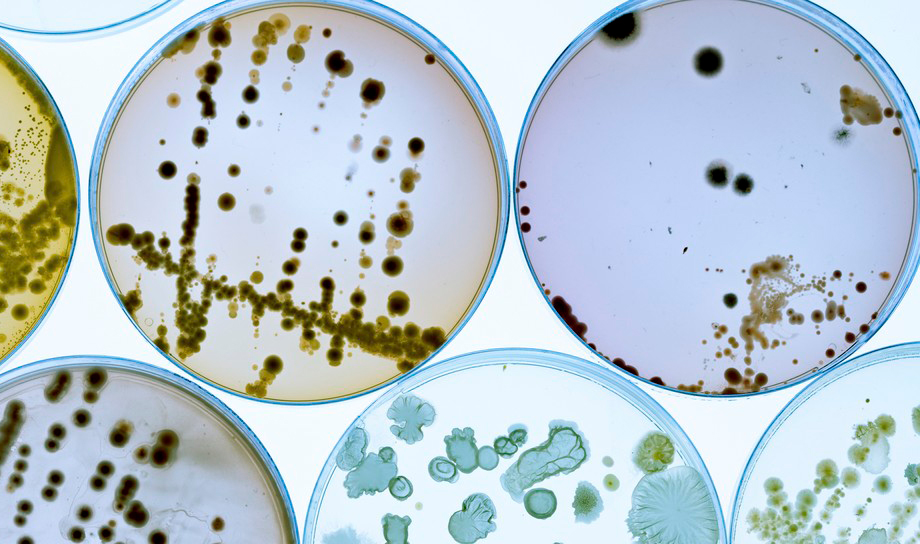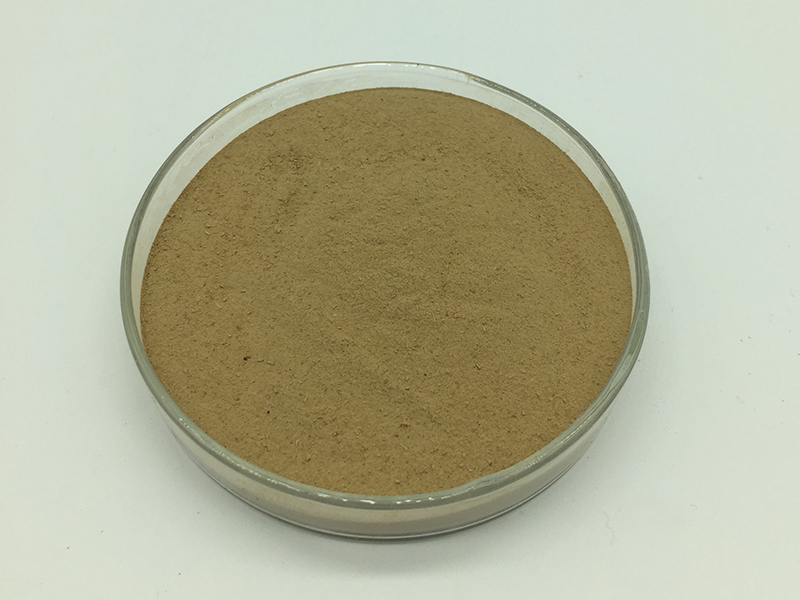Bacillus subtilis is a bacterium, and its structure is that of a prokaryote, meaning it lacks a membrane-bound nucleus and other organelles that are found in eukaryotic cells. As such, it doesn’t have a “chemical structure” in the same sense as small molecules or compounds. However, the overall structure of Bacillus subtilis involves several key components:
1. Cell Wall
Bacillus subtilis has a gram-positive cell wall, which is thick and composed mainly of peptidoglycan. The cell wall gives the bacterium its shape and rigidity. The peptidoglycan layer is composed of sugar chains (glycan) cross-linked by short peptides.
2. Cell Membrane
Bacillus subtilis, like other bacteria, has a cytoplasmic membrane (or plasma membrane) made of a lipid bilayer, which regulates the passage of substances in and out of the cell.

3. Capsule
Some strains of Bacillus subtilis can form a capsule outside the cell wall, which is a layer of polysaccharides or proteins that helps protect the bacterium from environmental stress or the host immune system.
4. Endospores
Bacillus subtilis is known for its ability to form endospores under harsh conditions, such as lack of nutrients or extreme temperatures. The spore is a dormant, highly resistant structure that allows the bacterium to survive in unfavorable environments for long periods.
5. Flagella
Bacillus subtilis can have flagella (single or multiple), which are used for motility, allowing the bacterium to move toward or away from environmental stimuli (a behavior known as chemotaxis).
Physical Properties of Bacillus subtilis:
- Shape: Bacillus subtilis is a rod-shaped bacterium (bacillus). It typically forms single cells, pairs, or chains.
- Size: The bacterium is approximately 0.5 to 2 micrometers in width and 2 to 4 micrometers in length.
- Gram Staining: Bacillus subtilis is gram-positive, meaning it retains the crystal violet stain during the Gram stain process due to the thick peptidoglycan layer in its cell wall.
- Temperature Range: Bacillus subtilis can grow in a wide temperature range, from about 20°C to 45°C, with an optimal growth temperature around 30–37°C.
- Oxygen Requirements: Bacillus subtilis is aerobic (preferring oxygen) but can also grow under anaerobic conditions, making it facultatively anaerobic.
- pH Range: It thrives in neutral pH environments, but it can tolerate a pH range of 6 to 8.
- Metabolism: Bacillus subtilis is heterotrophic, meaning it obtains its carbon from organic compounds. It also has the ability to degrade complex organic substances such as starch and proteins, making it useful in industrial and environmental processes.
- Resistance: Bacillus subtilis, in its spore form, is highly resistant to heat, desiccation, UV radiation, and various chemicals, allowing it to survive in extreme conditions.

Chemical Constituents
Bacillus subtilis is composed of the typical biomolecules of a prokaryotic cell, including:
- Proteins (forming the enzymes, structural components, and other functional proteins)
- Lipids (making up the cell membrane)
- Nucleic acids (DNA and RNA for genetic information and protein synthesis)
- Polysaccharides (for the cell wall and sometimes in the capsule)
In summary, Bacillus subtilis is a highly adaptable and resilient bacterium with a characteristic cell wall structure and the ability to form spores for survival in extreme conditions. Its versatility makes it useful in various industrial applications.
